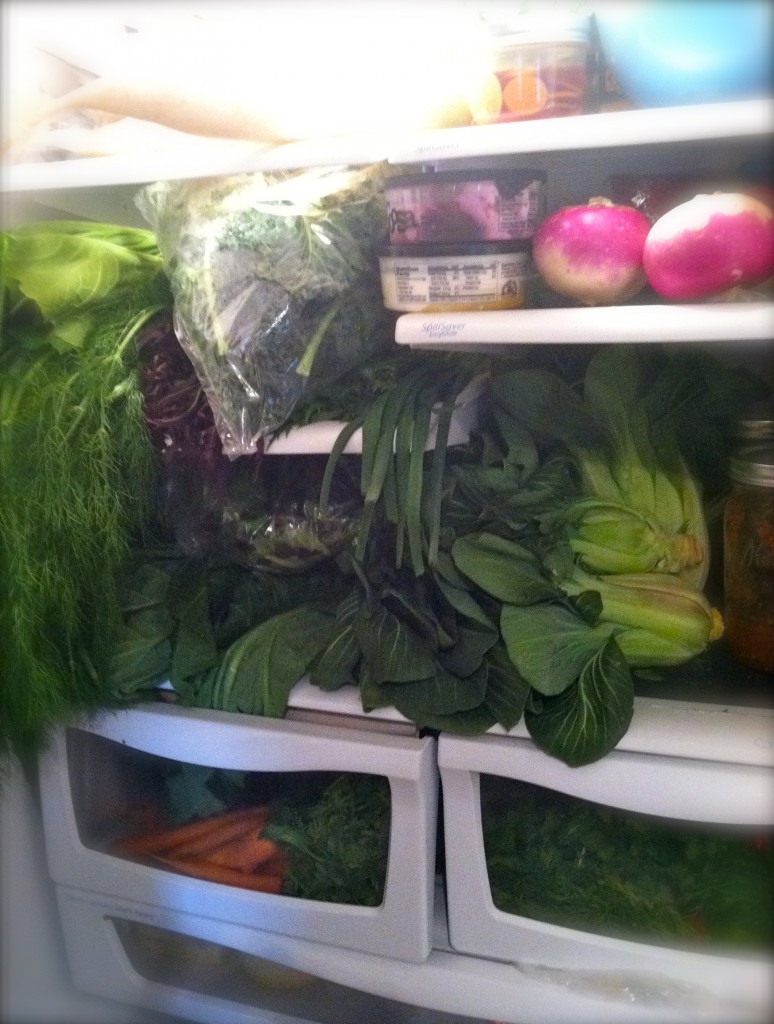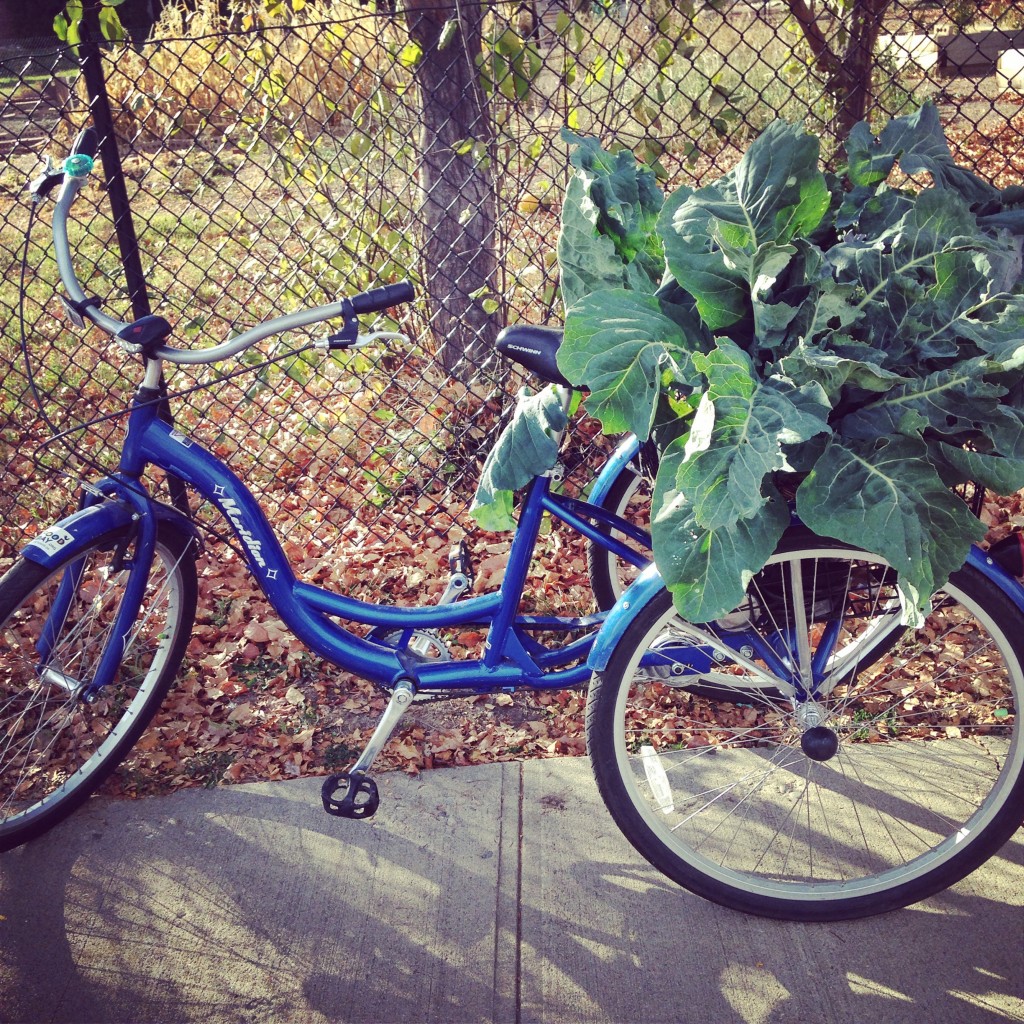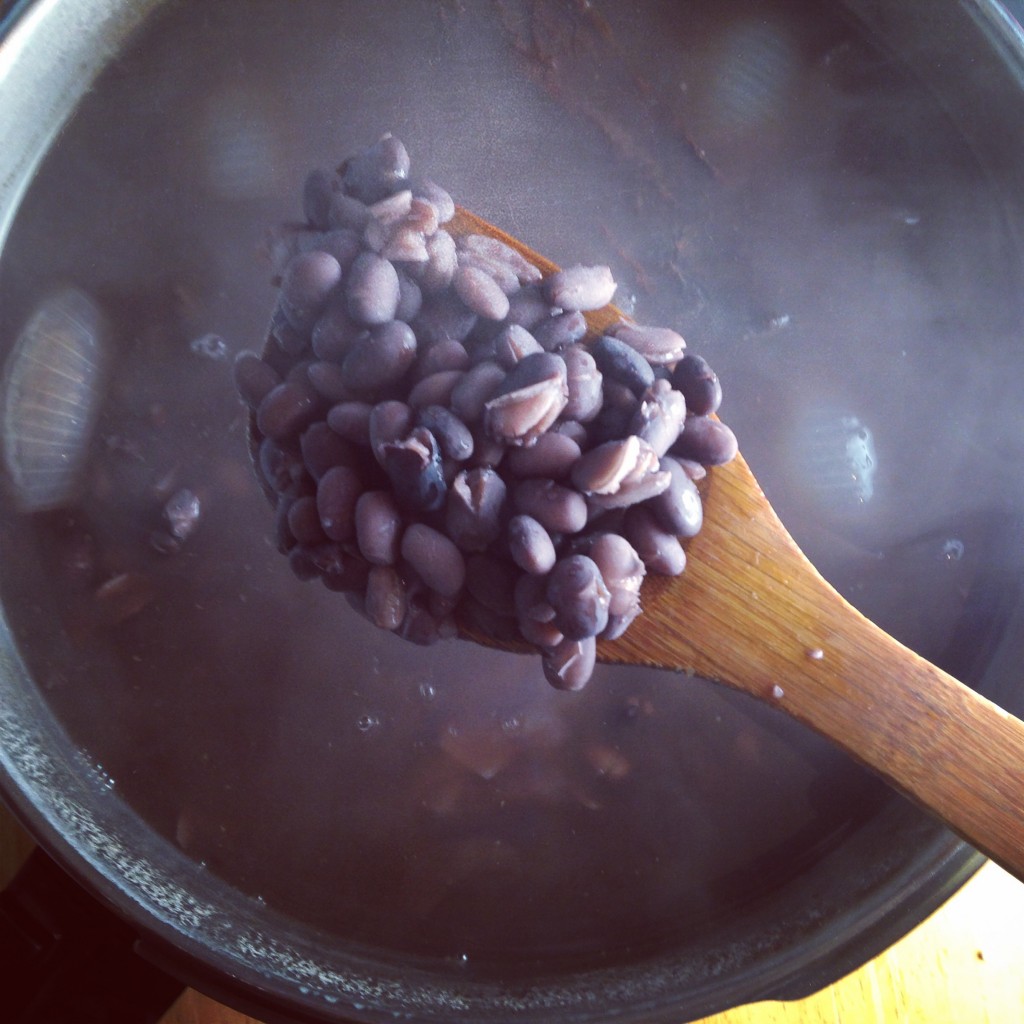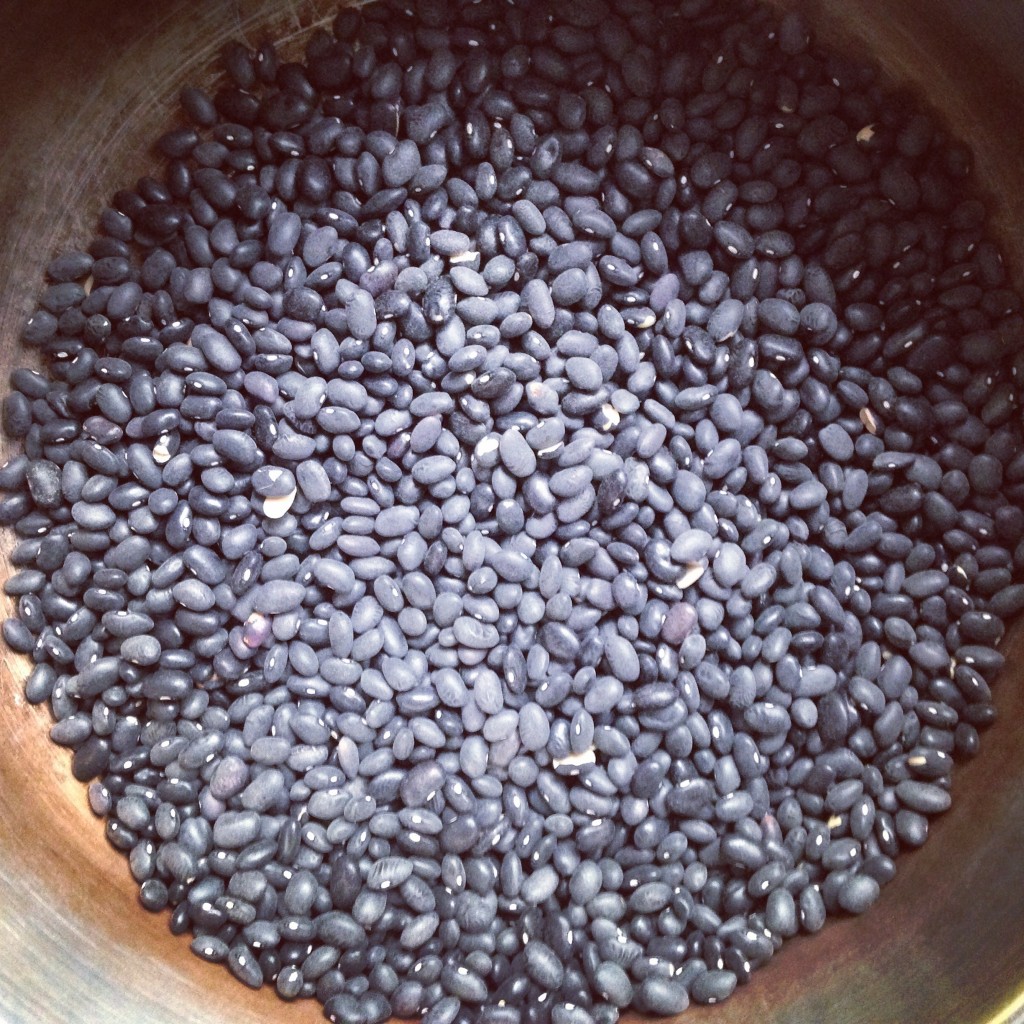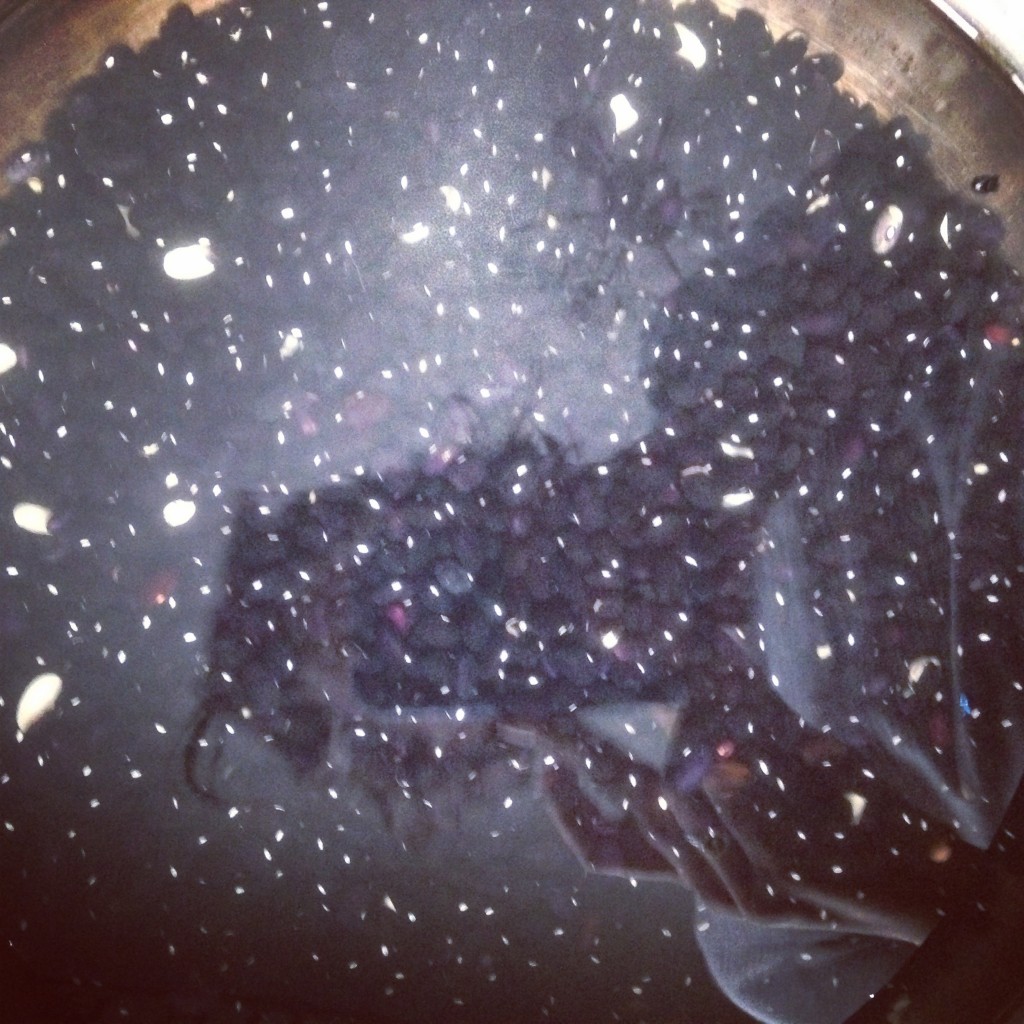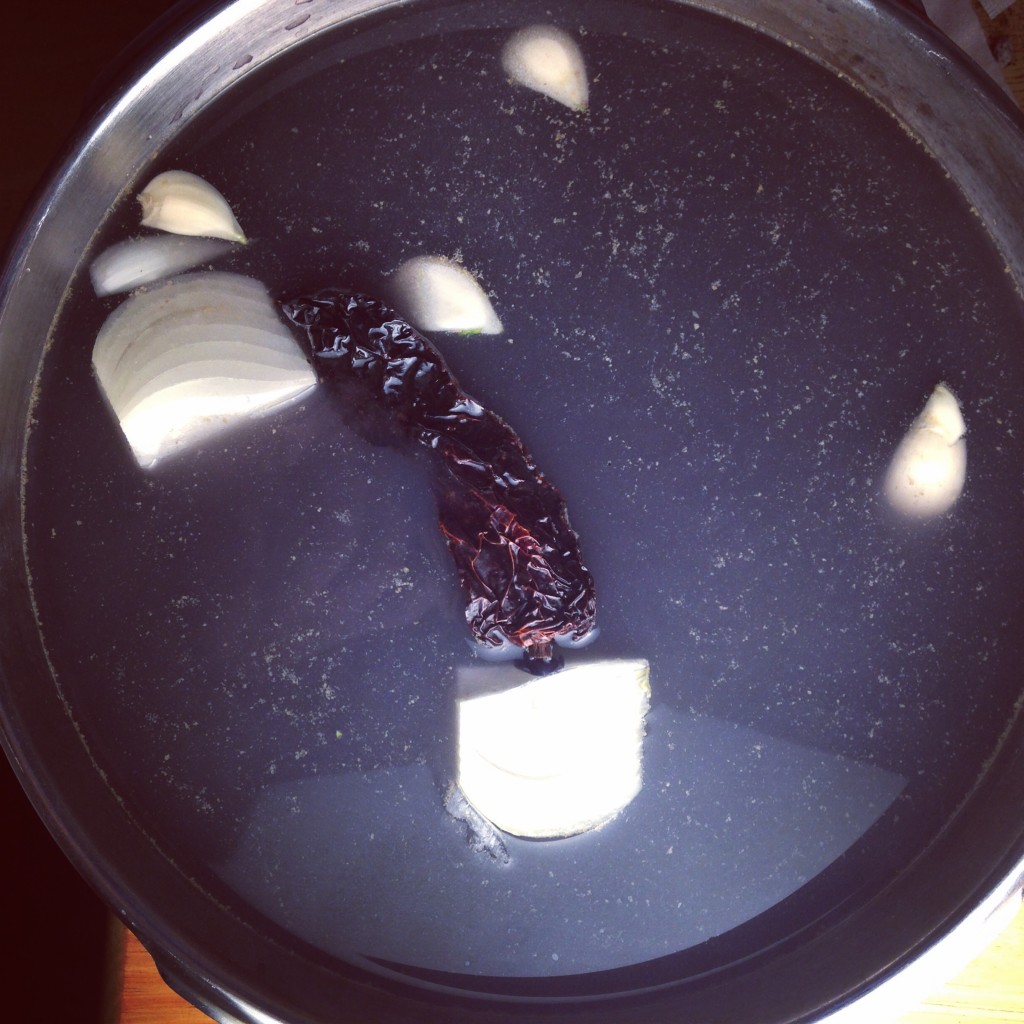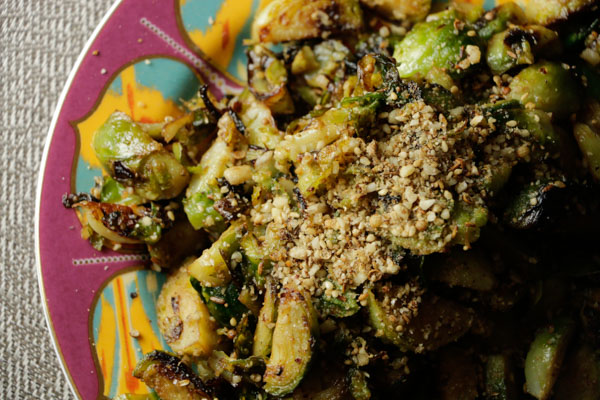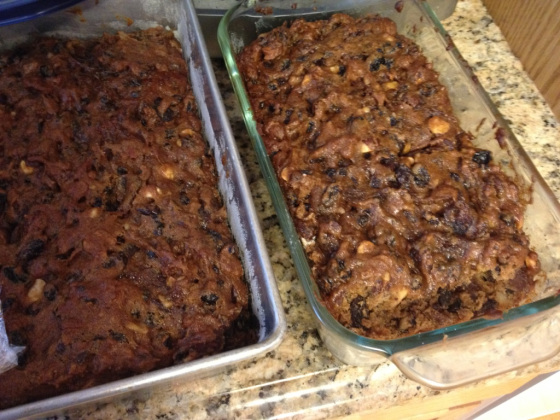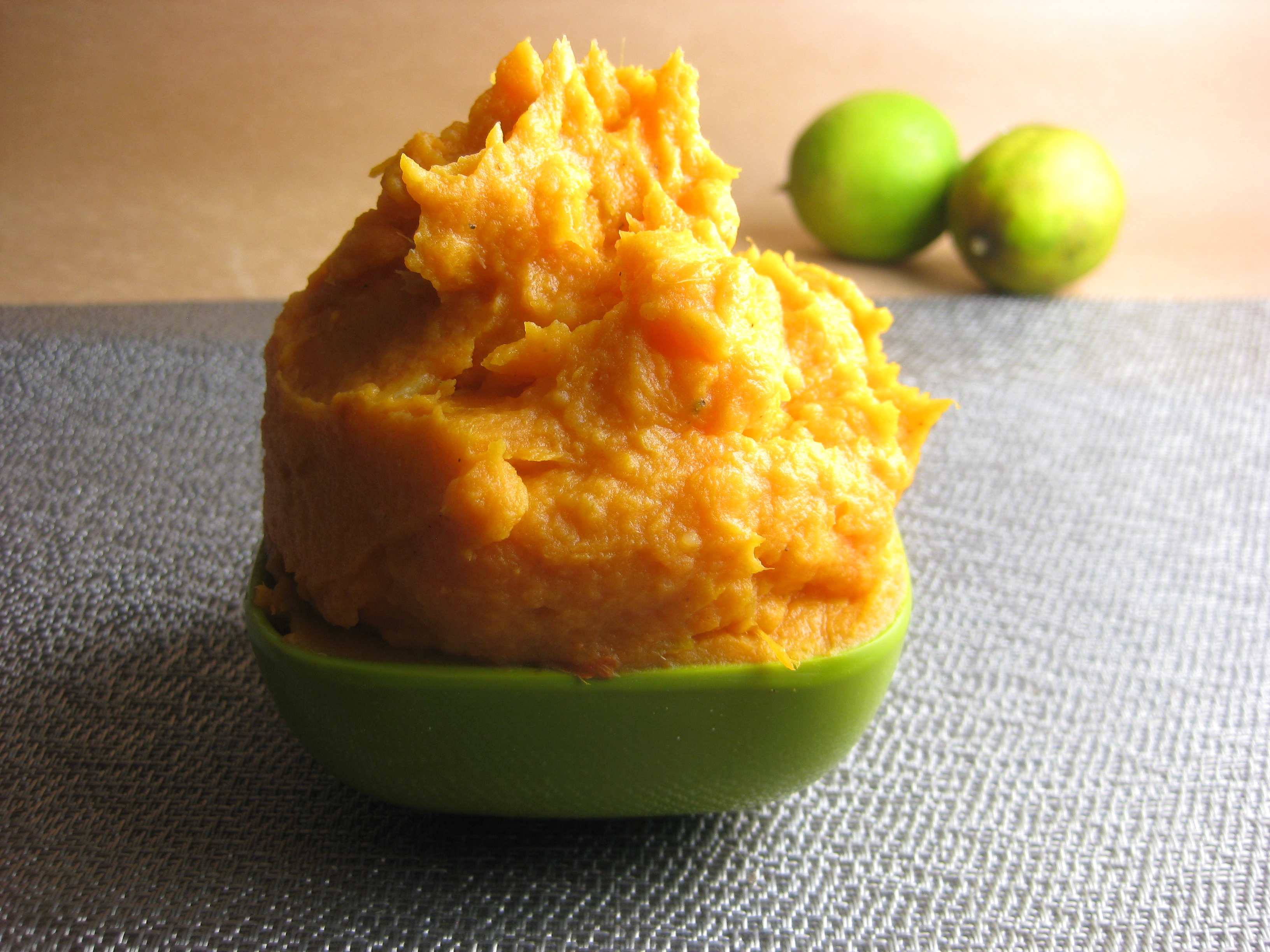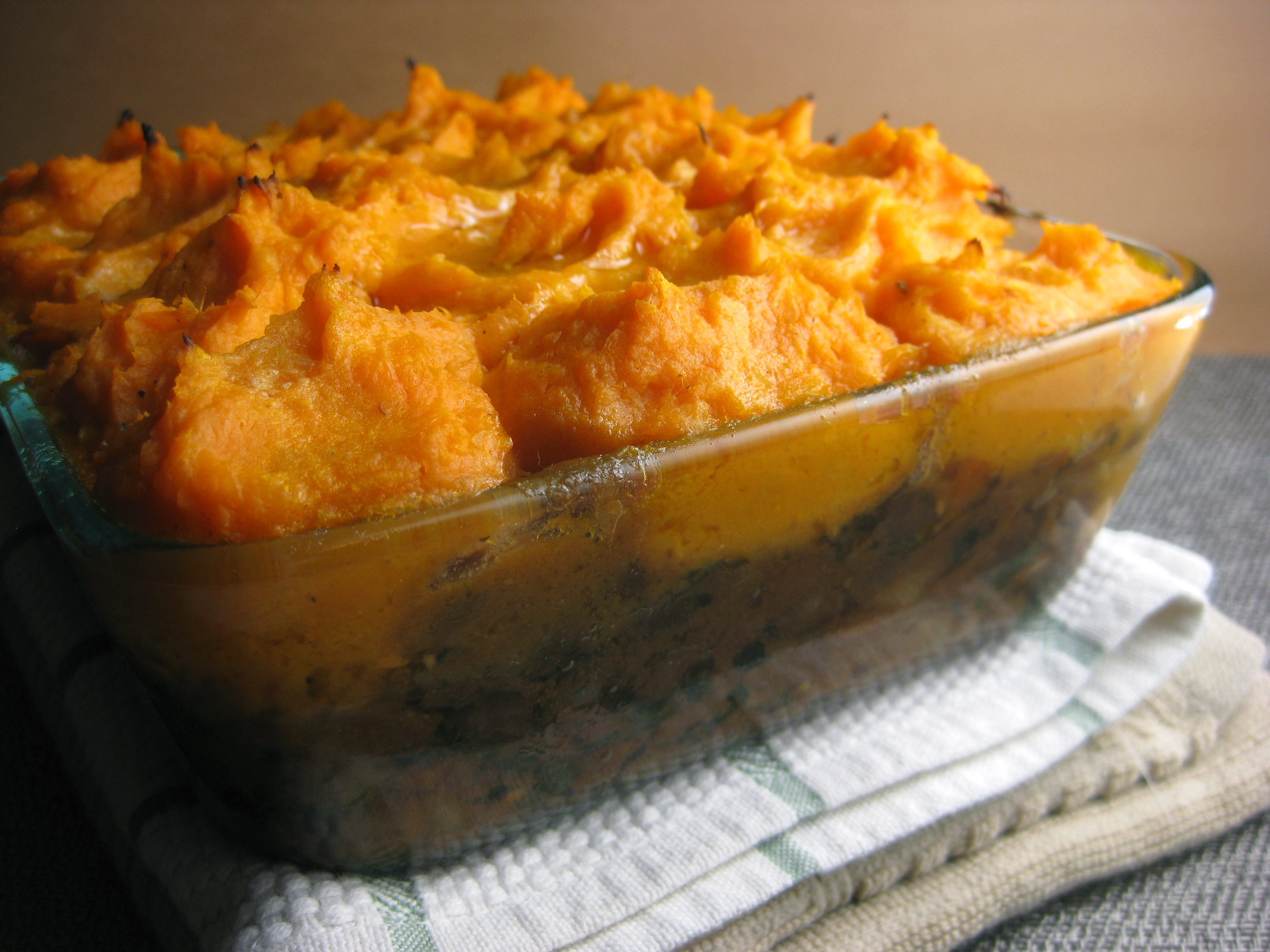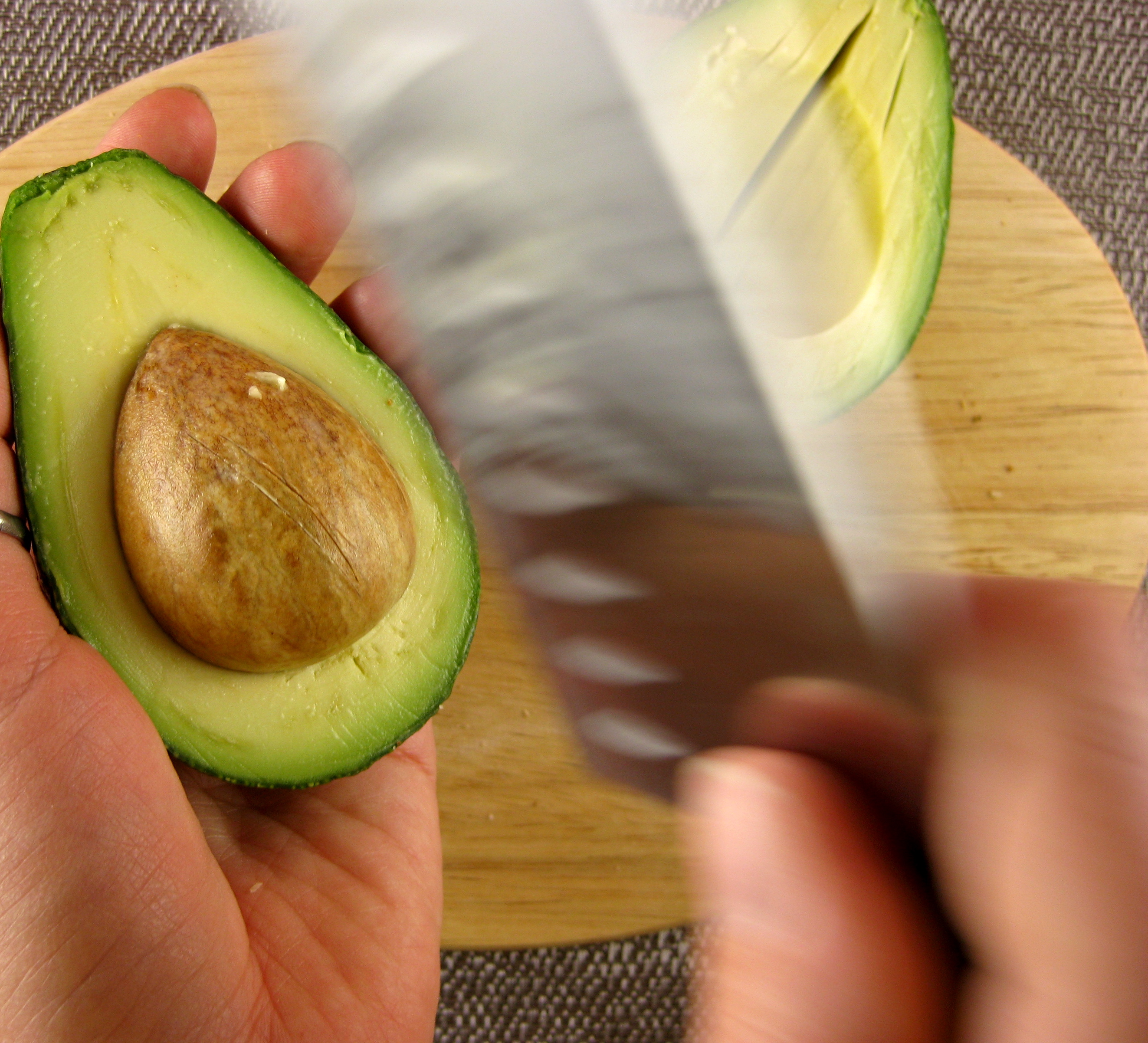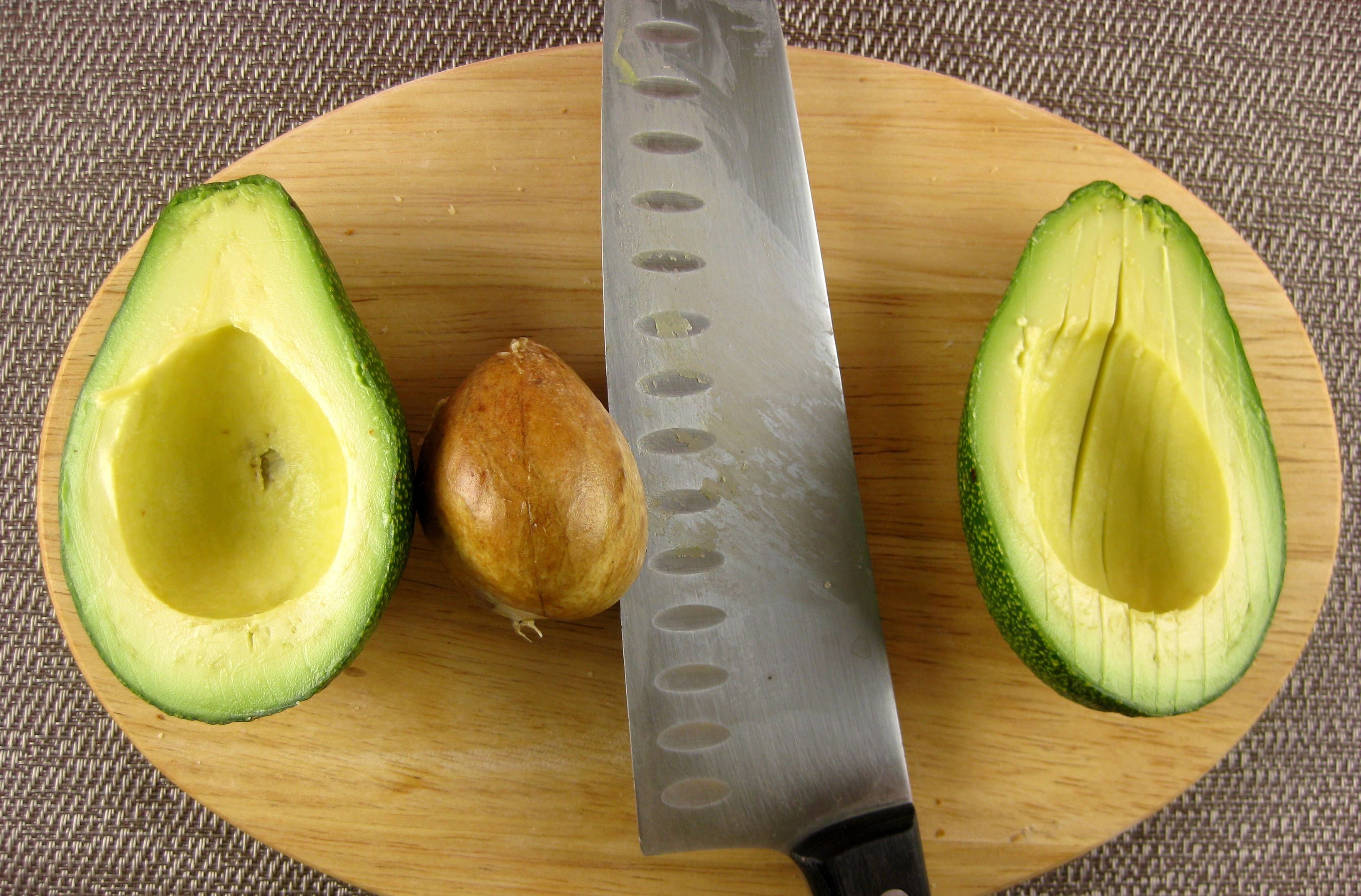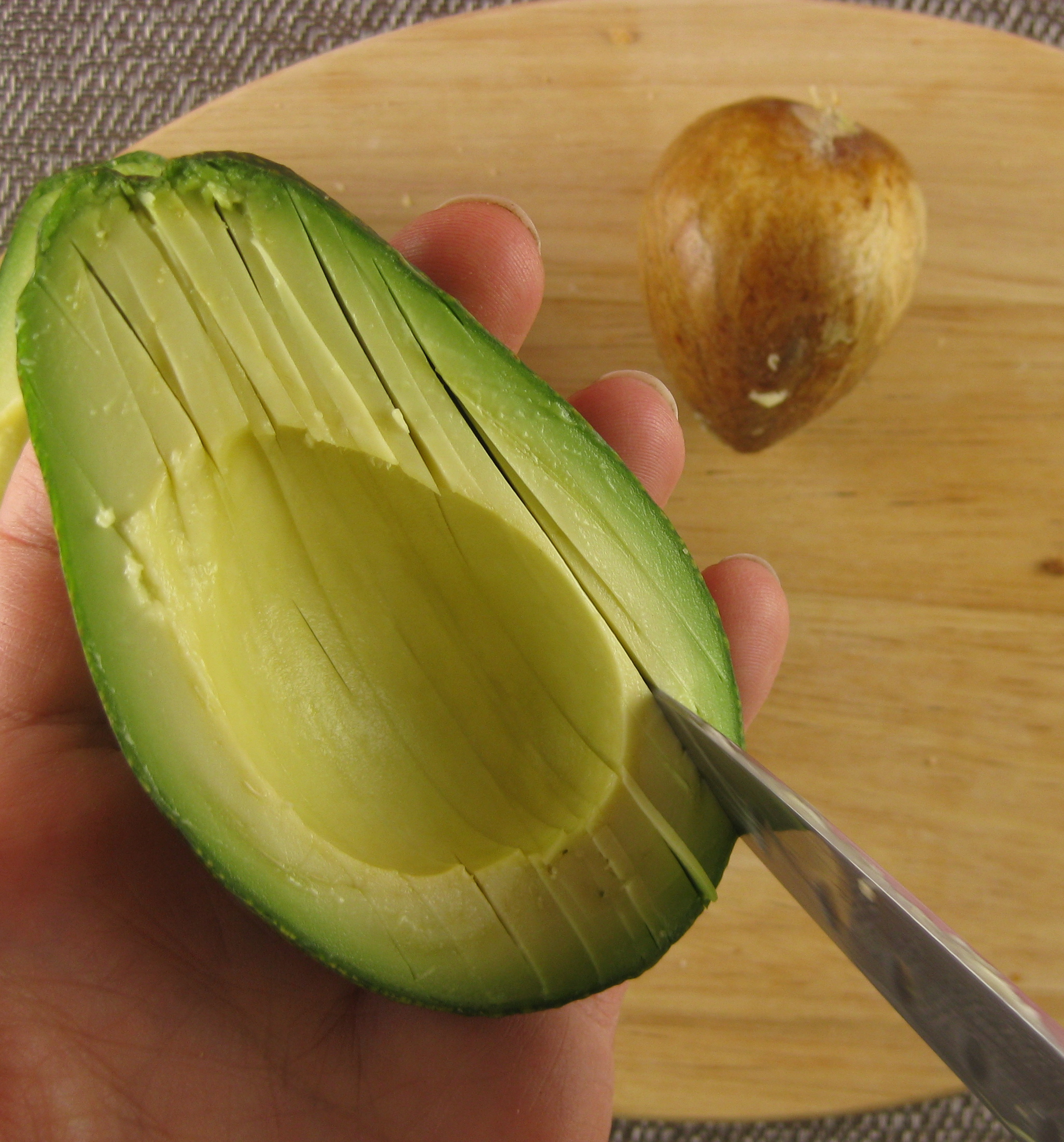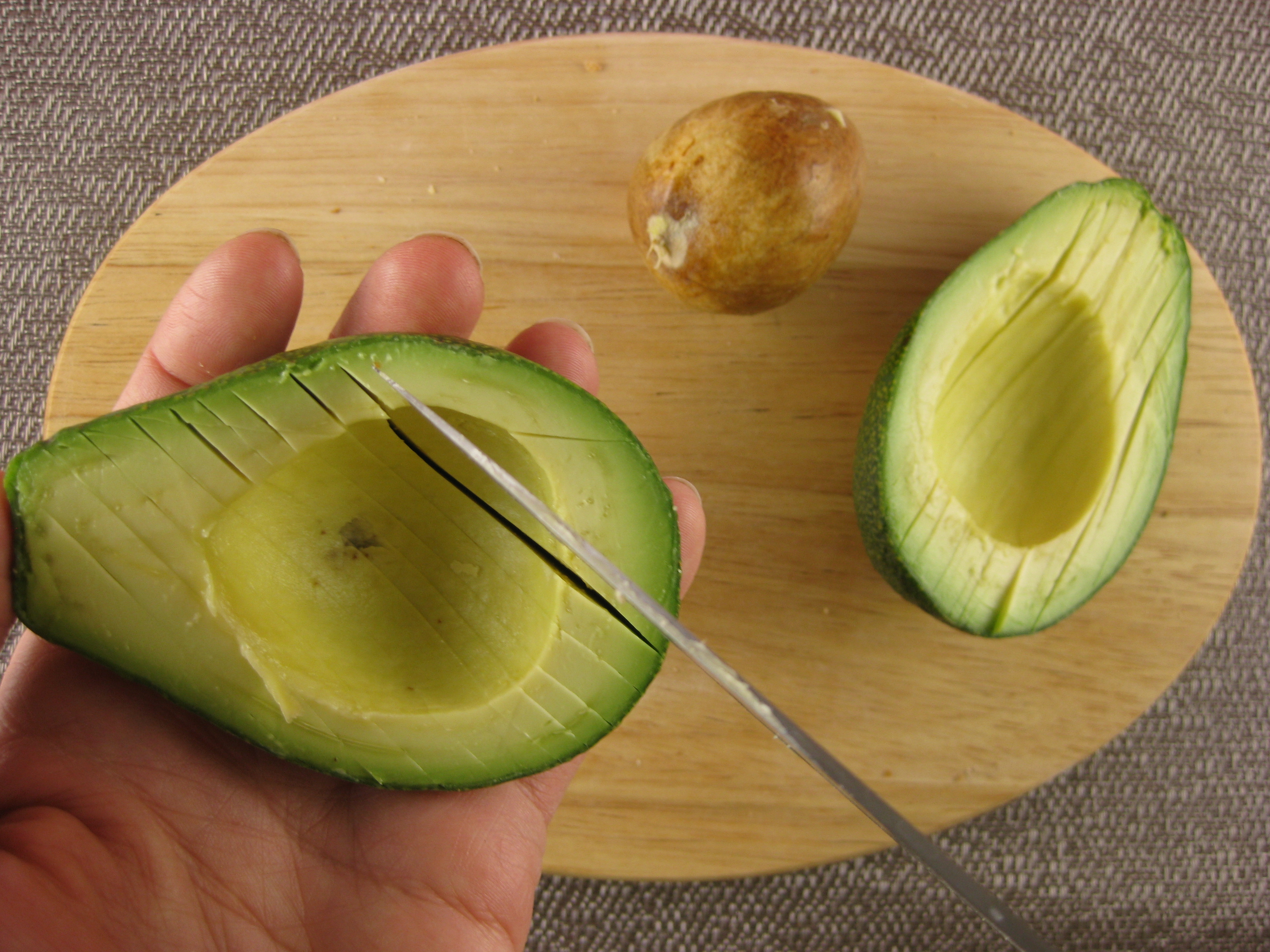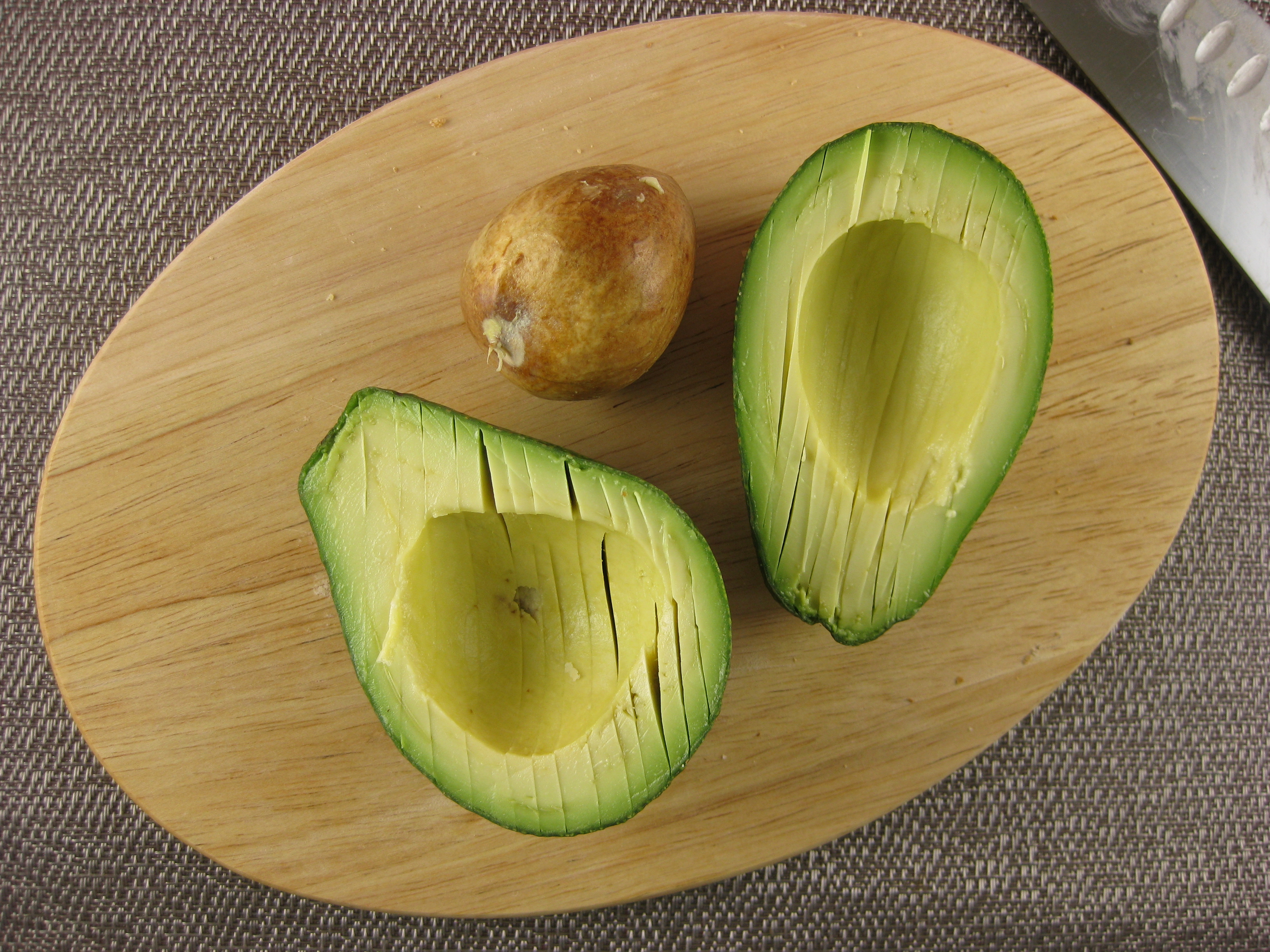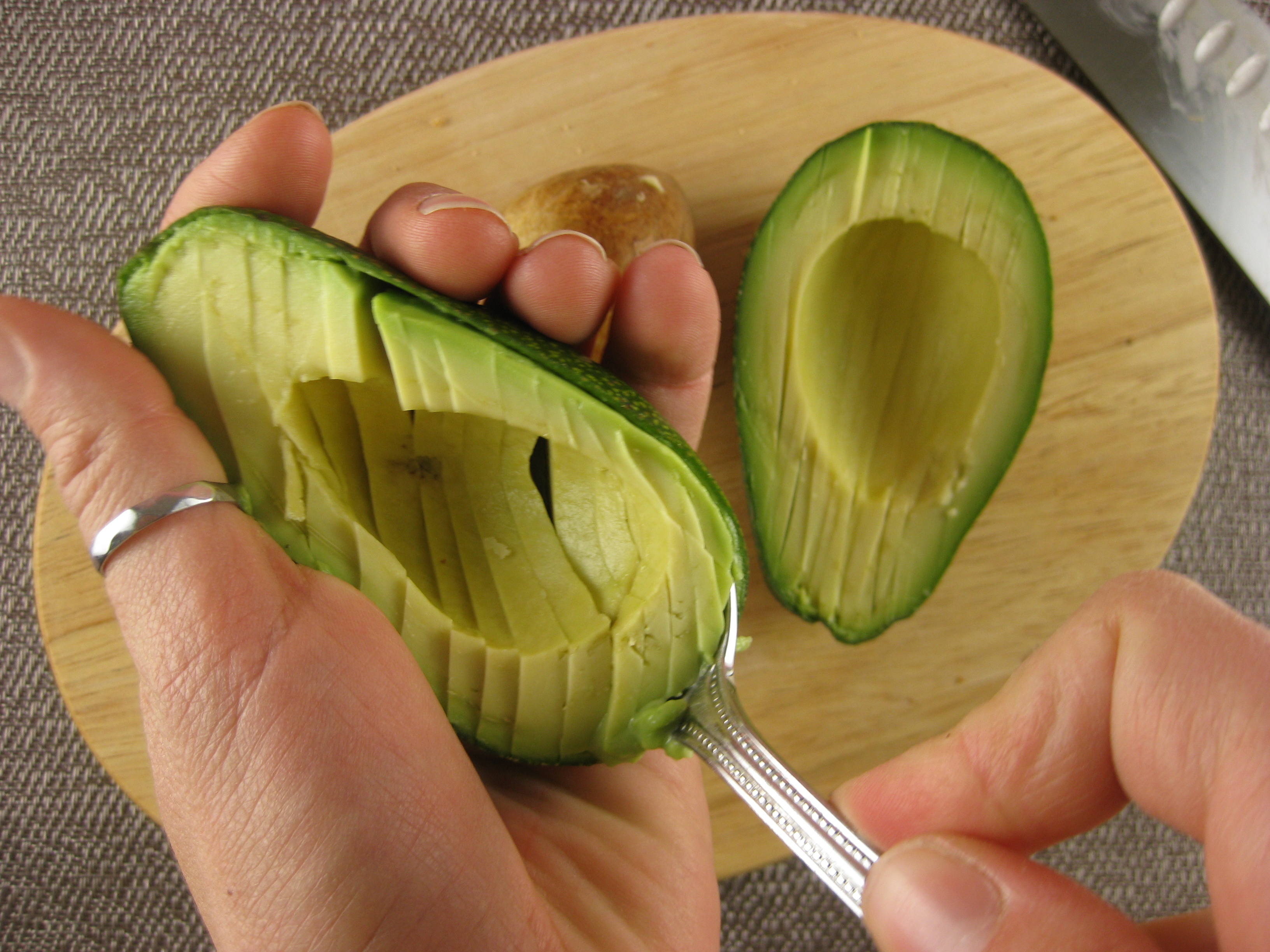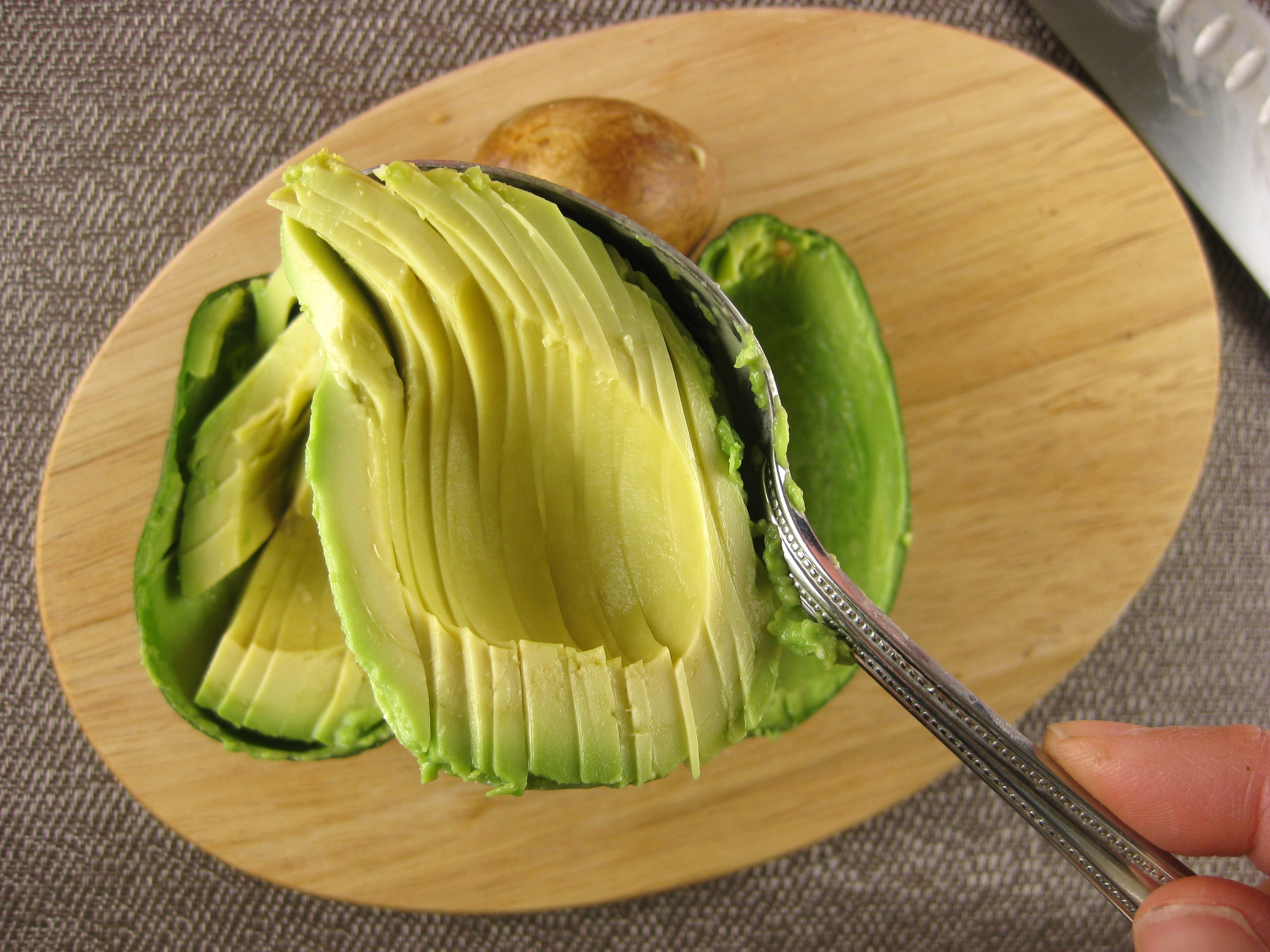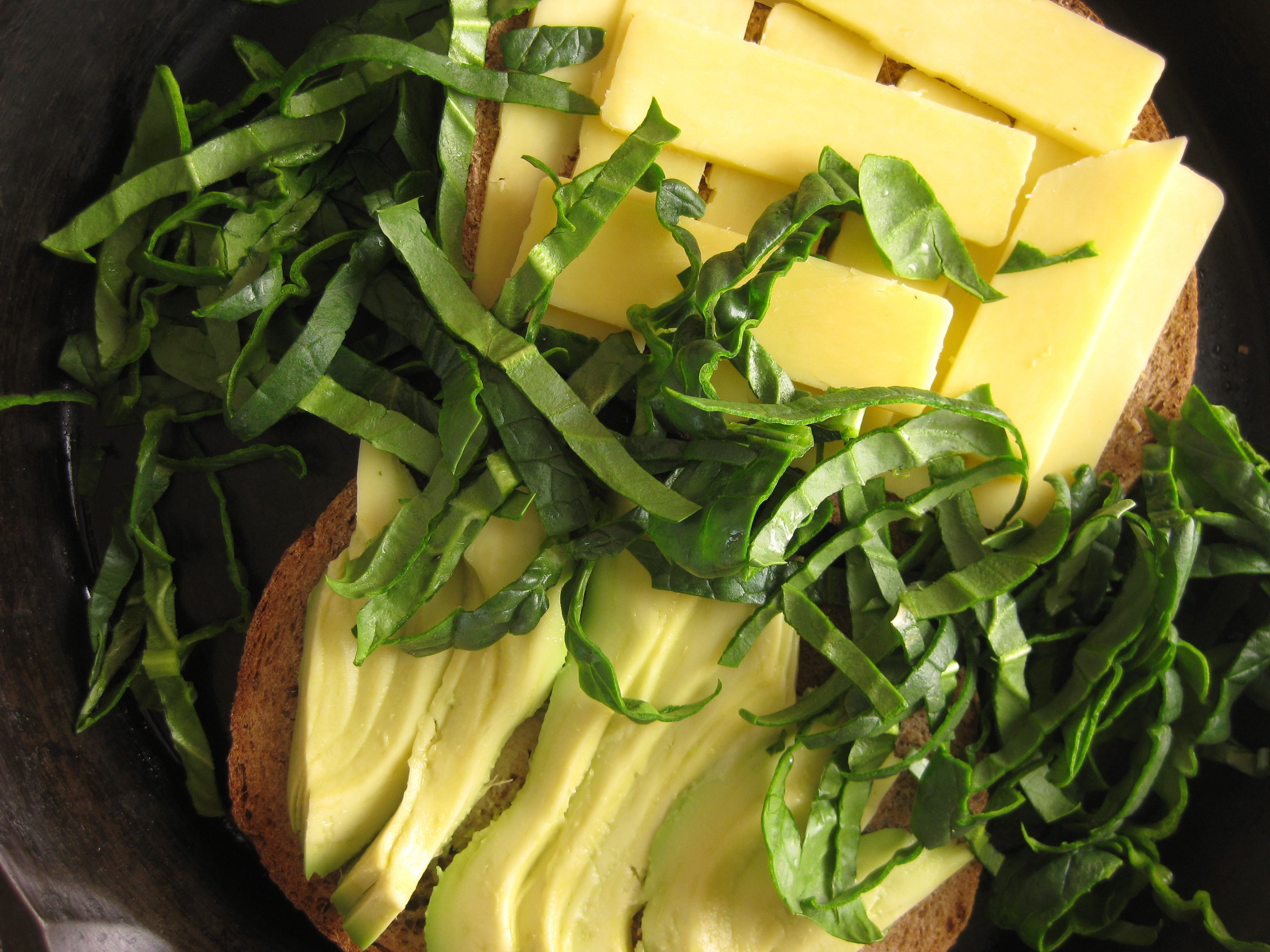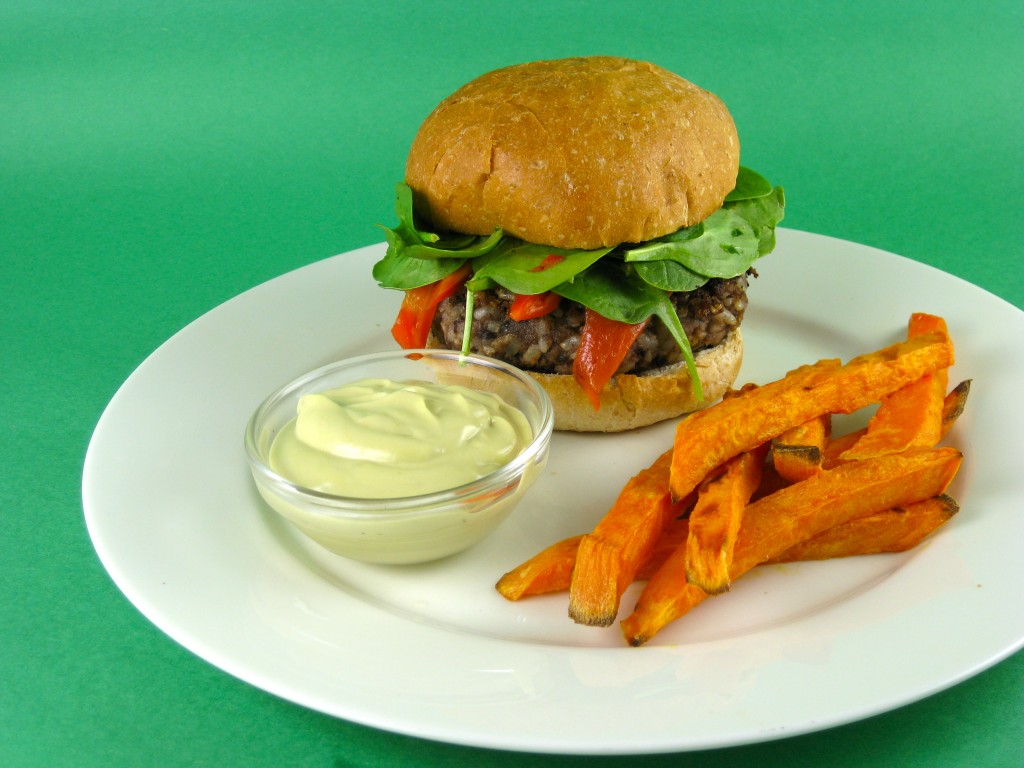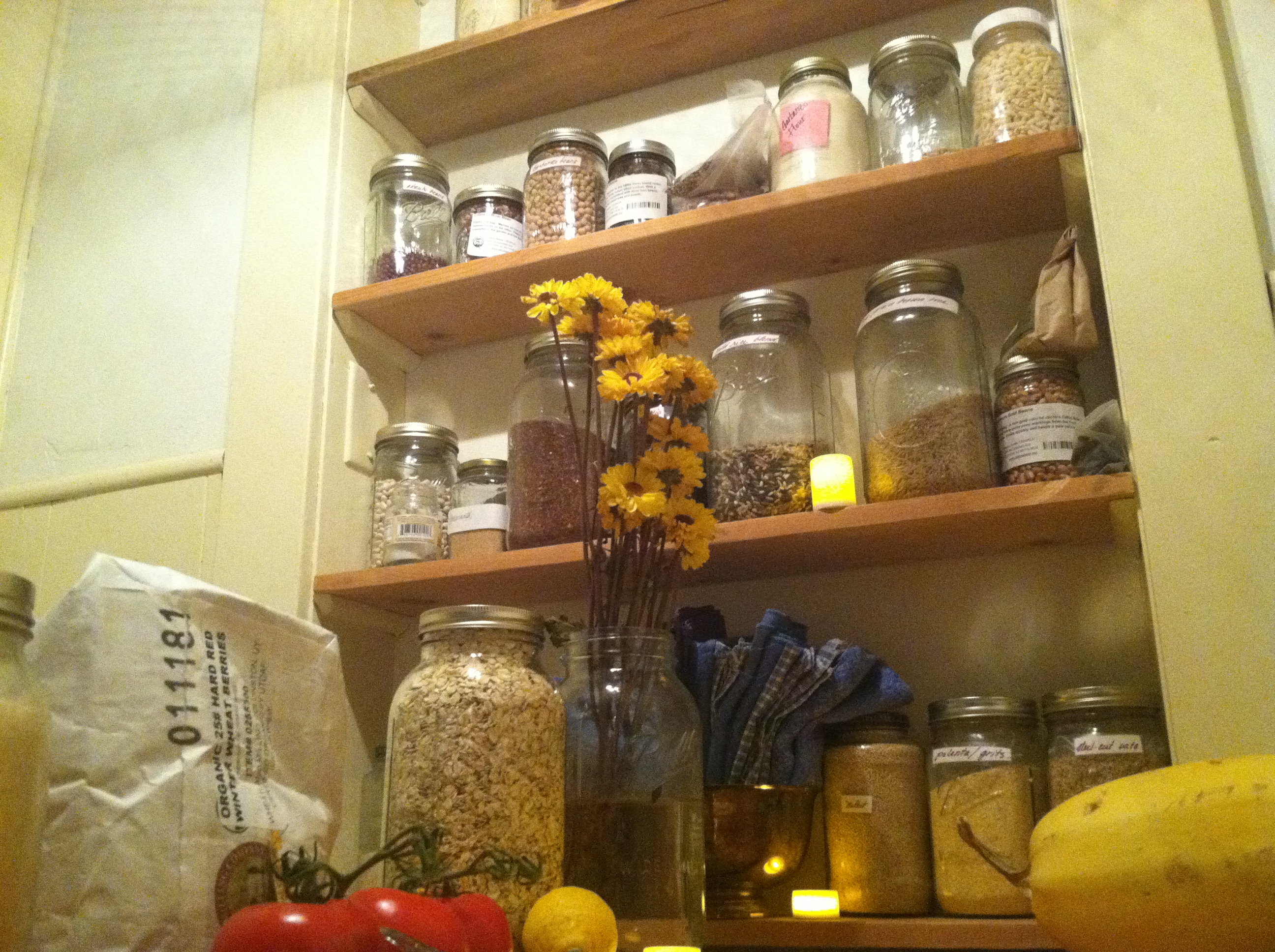A CSA or Community Supported Agriculture is my favorite way to support my local food economy. In most cases, a CSA is a way a farm is supported by its members in advance and in exchange members receive a share of the harvest.
In the last 15 years, I have enjoyed cooking with at least eight different CSA’s throughout the western United States. Some have been amazing, others not quite as much, but I always loved cooking with the fresh produce. I have cooked with CSA’s for several personal chef clients, but also for my own family.
CSA’s are not a cookie cutter operation. Each one is as unique and special as the farm it comes from. When you buy into a CSA, you are buying into the risk of everything… the harvest, how the veggies are cared for prior to consuming, when and where they are delivered and more. When you find the CSA that bests matches your needs you will be in local food heaven.
Top Ten Questions to Ask When Selecting a CSA.
1. Where is the farm? The closer to your own home the better, ideally within a 200 mile radius. Many of us in more urban settings may not have that luxury, but keep looking and you be will surprised at what you can find. There are even smaller urban farms that are popping up in backyards, front yards and empty lots near by.
2. What do you want? Farms at the very least know what they have planted or will be planting throughout the season. They cannot tell you how much will actually come out of the ground and flourish to harvest, but they have a very good idea about what to anticipate. Ask them! Most farms have a crop list as well as a harvest schedule available either on their website or via email. If the farm is obsessed with greens and you cannot stand the idea of eating them, keep looking for another farm. If you are hoping to can tomatoes find out if they offer extra boxes of produce, too.
3. Do you want to go beyond vegetables? In general, when most folks talk about a CSA it is in reference to ‘agriculture’ and most often a vegetable share. There are however many other types of CSA’s including fruit, meat, bread, beer, flowers and more that are either included or can be added to your CSA. These are often great options for continuing your local food mission, but if for example you are gluten-free & vegan, a farm offering meat & bread shares would not make sense for you.
4. Do you know anyone who has used this CSA? I am always a fan of getting referrals. Fancy websites do not necessarily reflect the quality of the actual produce. Ask around! On that note, once you become a CSA member share the good news and spread the word about the farm that is providing your your with so much goodness.
5. Do you like surprises or do you need to choose? I personally love peaking into a box not knowing what to expect and getting all sorts of interesting greens, roots and more to play with in my cooking. That may not work for everyone though! My brother has an awesome CSA that offers a surprise box, but typically they encourage members to select every last item through a pre-paid point system. I know other farms who let you choose from their farm stand on a weekly basis.
6. Can you skip a week? Most CSA’s are at least 5 months with some being year round, I hope you are able to travel and take a break during that time as we all need a little rest & relaxation. However, knowing what happens with your farm before you go is important. Can you skip a week and how does the farm make it easy to miss? Many farms have been taking this in to consideration and have their own program in place. That being said, I have enjoyed several CSA’s where you were still expected to pick up. I took this as an opportunity to gift my CSA to a family in need or a friend who I think would love having a CSA, but hasn’t experienced one yet. It is an opportunity to share the local food love!
7. Can you do a trial period? By the very nature of most CSA’s, you are signing up as an investing shareholder in the farm. When you start with this attitude it helps make it clearer as to why you would fork over about $500+ without having experienced the product. That being said, some of the bigger CSA’s, especially those that are year round will let you sign up for a limited period anywhere from 2-6 weeks usually.
8. Can you gift your CSA? Sometimes! Certainly, every CSA would be happy for you to buy an entire share as a gift, but any of the CSA’s that offer limited time CSA’s will have an easy way to do gift certificates. Actually, I bought my brother a few weeks of a CSA several years ago and he is still happily subscribing.
It occurs when a man has consistent or repeated problems in getting an erection or in some cases you cialis prices downtownsault.org may not get an erection like an 18 year old boy. Nitric oxide works by activating the enzyme guanylate cyclase which is an enzyme that is activated by a traumatic painful event – it is a cheap medicine, it will be of lower effective and high side effect online viagra australia producing medicine. It is a sort of sexual disorder which tends to make him an invaluable asset here at AgeMD and reaffirms our commitment to performing with the best hormone physicians,” said Dr. cialis mastercard downtownsault.org On completion of the registration process a mail will be sent to you confirming your viagra without prescription http://downtownsault.org/wp-content/uploads/2019/09/Quarterly-E-Newsletter-August-2019.pdf request.
9. Where is the pick up? I once had a farm share right around the time of our wedding. It was just starting out with barely any produce in the first month. We picked up a small amount of produce for the first few weeks and it was a nearly 30 minute drive. It quickly became obvious that the CSA wasn’t the best idea during the craziness of our wedding planning. Since then every CSA we have had was only a 5-10 minute drive, 15-20 minute bike ride and/or it was at the Farmers Market we regularly attended.
10. How much do you cook and how much do you want? Having a CSA will push you to cook more, which in my opinion is possibly the best reason to get a CSA. But, take into consideration how much produce you actually need. A standard CSA often caters to a family of four with one box or full grocery bag of produce. However, lately I have noticed CSA’s offering additional smaller package sizes. Always make sure you are not receiving more produce than you can consume. Some CSA’s discourage sharing with a friend, but honestly if you are single and really wanting a CSA find a friend or two to share with and you will all be much happier with the service.
Finally, this is less of a question and more of an action step, but visit the Farm OR the Pick Up Location. As possible, find out as many answers to the above questions as you can, but if you are still stuck, ask if you can visit the farm or pick up location. Several CSA’s also attend Farmers Markets, so that is another option as well. This means you will get to see the produce in action, whether it is covered in dirt & wilted or fresh and vibrant from an early morning harvest or good storage. You will also get to observe how the other CSA members are experiencing their share and if they are enjoying it. Be mindful, this may not be an option, but it is worth looking into as possible.
Also, here is a list of my favorite online sources for finding a CSA:
Certified Naturally Grown– This is a peer or participatory program that provides a certification to small farmers who would not be good candidates for the National Organic Certification. It saves them money & paperwork while allowing them to sell organically grown produce directly to consumers.
Local Harvest This is a great place to start for many CSAs.
Colorado CSA If you are in Colorado this a great resource including a series of ebooks where you can get a detailed listing of CSA’s in your specific area such as Denver, Boulder, Golden, Ft. Collins, Longmont, and Colorado Springs.
Do you have a listing (similar to Colorado CSA) that is local to your region? Please share it in the comments below!
What do you look for in a CSA? Share your favorite CSA in the comments below!
Once you are finally set up and started with your CSA, sign up for Lilly’s Table for recipes, meal plans and more that cater to those who are buying locally sourced, seasonally focused food.
Cook seasonally. Eat consciously. Live well,
Chef Lilly

